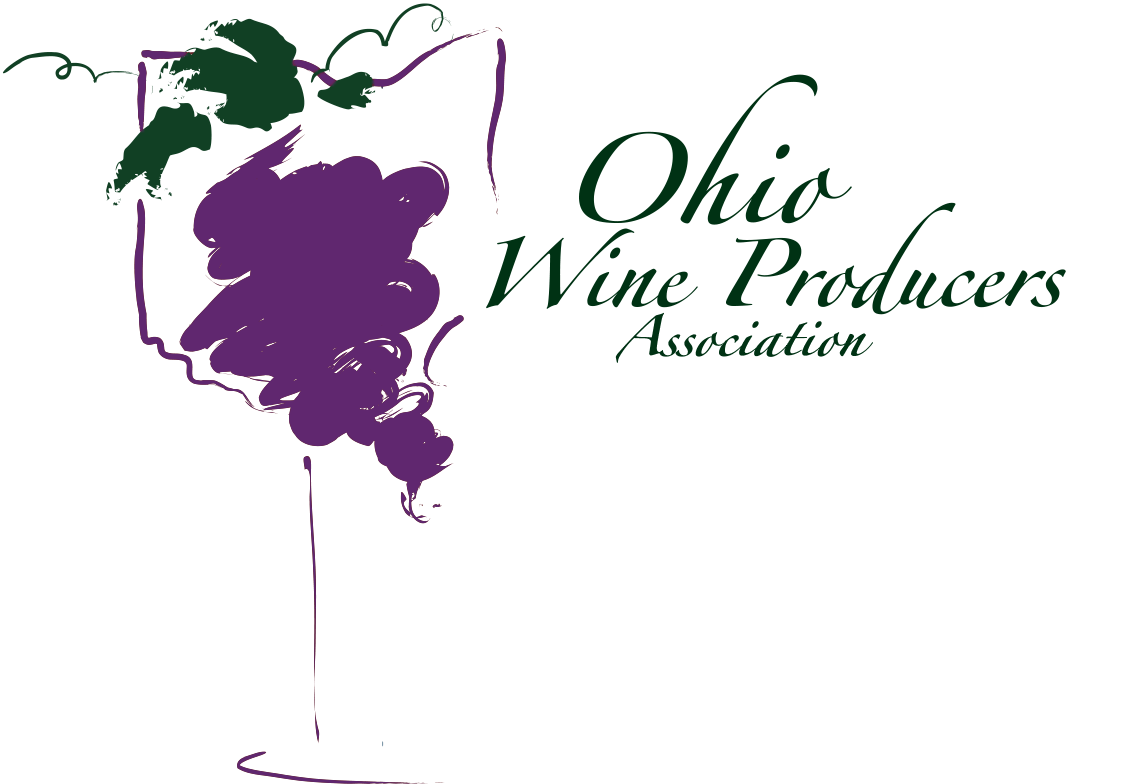Some ‘bubbly’ info to bring in the New Year…..and will there be a 2021 vintage ice wine this year?
An answer to the question above: probably not! No 2021 ice wine vintage is likely. This unusually warm weather has not provided the conditions needed to produce an authentic ice wine before the calendar turns. Growers are telling us that some of the thin-skinned varieties like the Cabernets, the Rieslings and even the Concords have broken down on the vine so much that they are not likely to be salvaged. The tougher skinned Vidal Blancs are faring a bit better and may have enough fruit left after shelling and visits by ‘critters’ to rescue at least a partial crop. And there have been years in the past when we could harvest in January. However, since the ‘vintage’ assigned to each harvest is based on the year in which the grapes were harvested [vs. when they were grown] will pretty much assure there will be no 2021 Vintage. Here is hoping for several early January nights of 17 degrees Fahrenheit so that some of this luscious dessert wine can be produced from the 2021 growing season.
As the new year approaches, the beverage of choice on December 31 for many will be a “Sparkler” or if made from grapes grown in the district by its same name in France, will be “Champagne.” The most expensive of these varieties are made in the same way [methode champenoise] but by international law, only the French are allowed to use the “Champagne’ moniker.
The way these lovely wines are produced is interesting, but the history behind the French version is fascinating. In the 17th century, a French Monk, Dom Perignon inadvertently ‘discovered’ a ‘wine with stars’ when a secondary fermentation accidentally occurred in one of his cellared wines.
While the only ‘true’ Champagne comes from the French district with the same name, sparklers are produced in Italy in of Asti [Asti Spumante], in Spain where it is known as Cava and in the United States, the correct name, based on some international agreements with France, is ‘Sparkling’ wine.
A brief overiview of the ‘methode champenoise.’ process. Usually, wine from several varieties of grapes are finished as ‘still’ wines and then blended to create an ‘assemblage.’ When the blend is ready, a ‘dosage,’ [combination of sugar and wine] is added to the vats [although some the finished sweetness levels are controlled in the vineyard by harvesting at different ranges of maturity.]
The wines then placed into bottles and sealed with a crown cap [like the ones on old fashioned pop bottles] and laid on their sides in stacks [‘en triage’], bottle to bottle for several months. The sugar [dosage] initiates a secondary fermentation in those bottles. Carbon dioxide, which is trapped and dissolved in the liquid, creating the bubbles. Pressure builds up to about 75 pounds per square inch. Sediment from the ‘in bottle fermentation’ [‘lees’] accumulates on the bottom side of each bottle. When the wine remains in extended contact with these ‘lees‘ it creates the yeasty characteristics typical of high quality sparkling wines.
The ‘lees’ ultimately are removed in a process called ‘riddling’ when the winemaker, puts the bottles into a special rack, regularly turns each bottle about a ¼ turn, replacing it into its slot with a slight bang to drive the settled lees toward the crown cap. After several weeks of rotating and increasing the slant, the lees all accumulate in the bottles’ necks.
The lees are then removed by ‘disgorgement’ when the bottles’ necks are carefully placed into a sub-zero liquid solution to freeze the lees ‘plug.’ The crown cap is popped, and the ensuing pressure forces out the lees. A straight, long cork is quickly inserted ,and a metal wire ‘cap’ is placed over the cork to hold it in place. The traditional ‘mushroom’ shape of a sparkler’s cork is created from the pressure in the bottle forcing the cork against the wire]
And we are ready for the celebration to begin. Happy New Year to all of you!
For additional information: dwinchell@OhioWines.org
